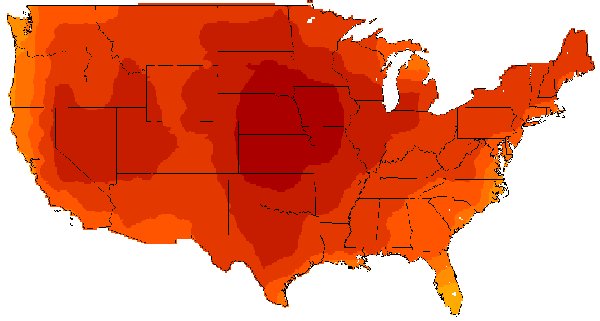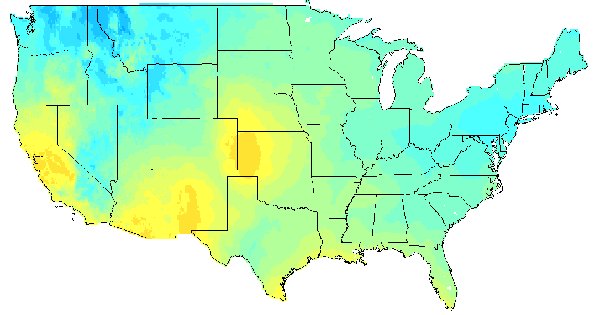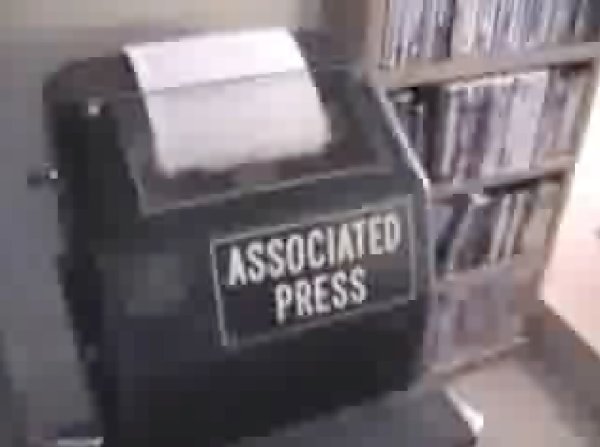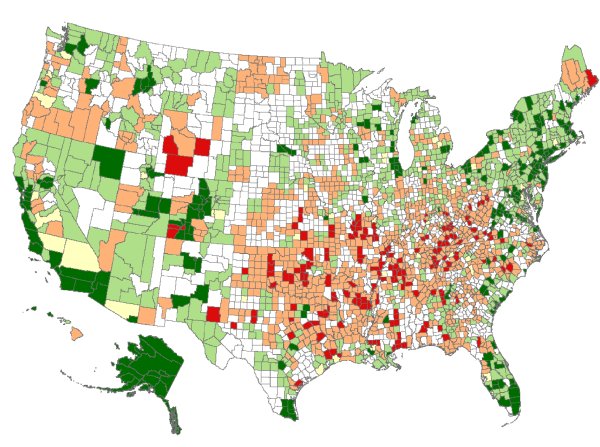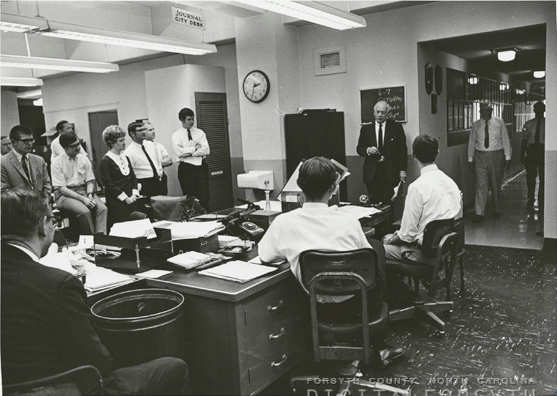
Fred Flagler is in the far left foreground, June 1969. — Digital Forsyth, Frank Jones collection
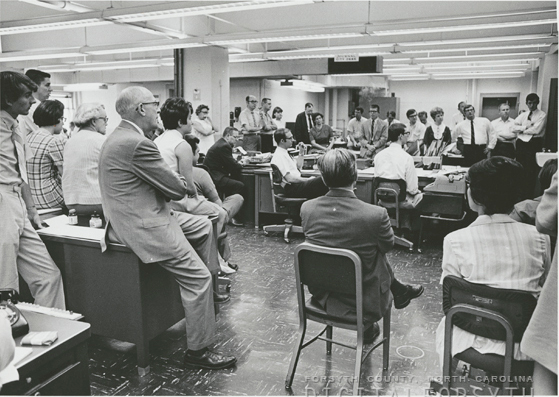
That’s me on the far left. I recognize almost everyone in this photo. That’s Arlene Edwards in the chair in the right foreground, and Wallace Carroll in the chair to Arlene’s left. — Digital Forsyth, Frank Jones collection.
The man who hired me for my first job died Tuesday. That was Fred Flagler, former managing editor of the Winston-Salem Journal. Here is his obituary in the Winston-Salem Journal.
My first job was as a copy boy. The photos above were taken by Frank Jones in June 1969, the day Gordon Gray told the staff of the Journal that he was selling the newspaper to Media General.
What a lucky young’un I was to get a job as a newspaper copy boy. It’s hard to imagine a more perfect job for me. It exercised so many of my interests — language, communications, communications systems. In those days, news arrived in a room full of Teletype machines. Copy boys tore the printouts out of the machines and distributed the “copy” to the appropriate editors. I also typed local stories into a Teletype machine to be sent to the Associated Press bureau in Raleigh. These teletype machines were my first experience with communications technology. The Teletype signals, by the way, were carried over dedicated telephone circuits.
Frank Jones, the Journal photographer who became an institution and whose photographs document the history of this area for decades, taught me how to send photographs to the Associated Press using one of the most fascinating machines I’ve ever seen, a Steam Punk device if there ever was one. It was a drum scanner, basically. It was analog, of course, with tubes in it that needed time to warm up and stabilize before sending a photo. I spent a lot of time puzzling about what “phase” meant (the operator had to twiddle some controls to get the machine “in phase”). No one could explain “phase” then to my satisfaction. Now, with my amateur radio license and my interest in analog technology, it seems pretty simple.
Fred Flagler, as I recall, always had a line gauge (a metal ruler for measuring picas and points) in his back pocket. It probably was from Fred that I picked up a habit that followed me through my years at the San Francisco Examiner and the San Francisco Chronicle — never go into the newsroom without a line gauge in your hand. It was sort of a techie nerd’s wand, I guess.
Thank you, Fred. You changed my life.


